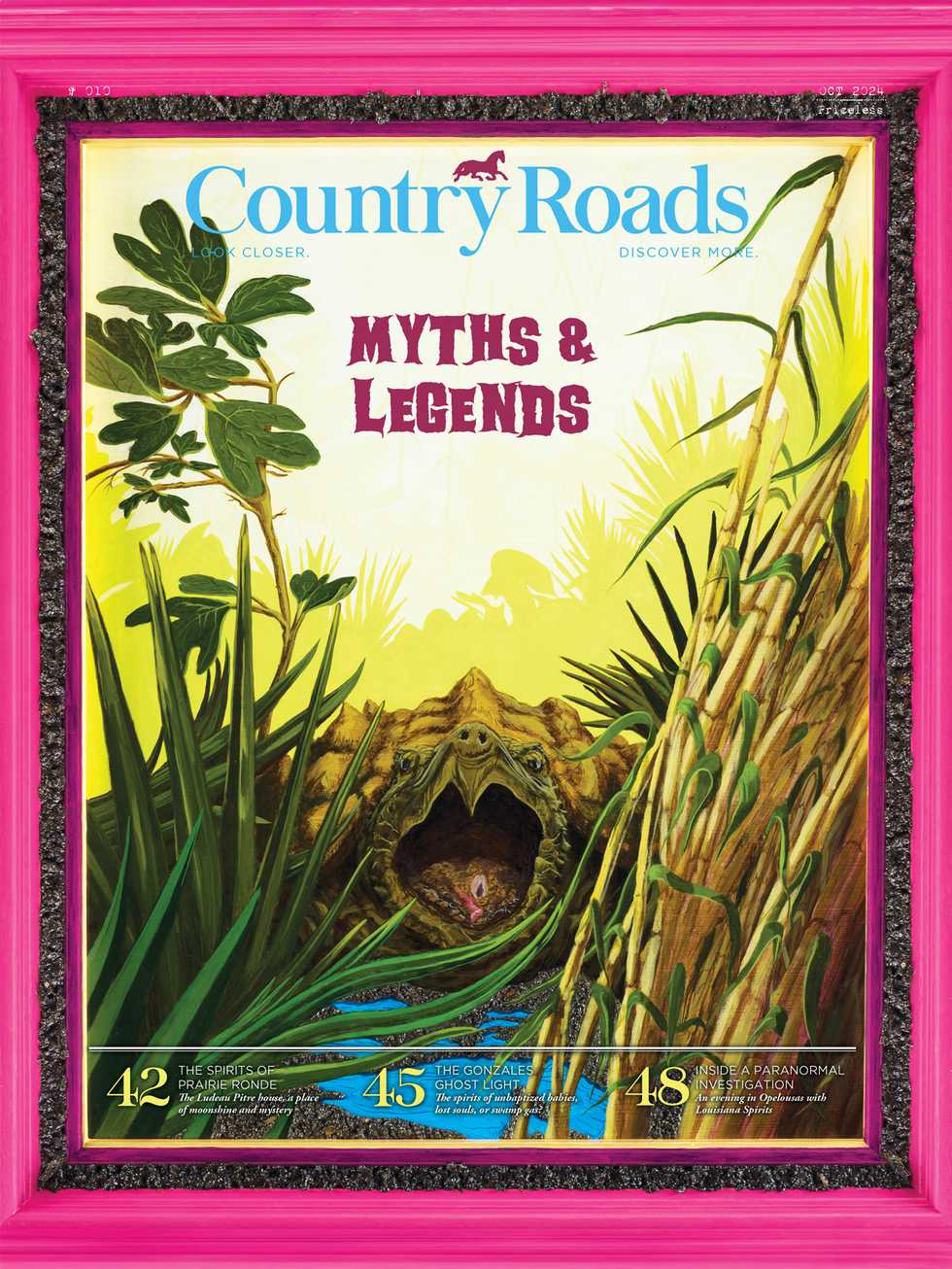
HaKoi
The art of haiku is a centuries-old Japanese poetry tradition wherein a writer crafts a verse in three phrases of five, seven, and five syllables (English translations will alter these rules). The poem typically relies on a kireji, or cutting word, which usually appears at the end of one of the poem’s three phrases and signals a cut in the stream of thought, often providing a sense of closure or a parallel between two ideas. Think of it like a caesura in Western poetry, where a comma, dash, or other mark of a pause designates where one phrase ends and another begins. It’s all about the feeling an image brings.
Sound like fun? Send us your quarantine-composed haiku and we’ll select our favorites to share with readers. Email your poem(s) to christina@countryroadsmag.com through the month of April.
From the Greats
First autumn morning
the mirror I stare into
shows my father’s face.
- Murakami Kijo
I write, erase, rewrite
Erase again, and then
A poppy blooms.
- Katsushika Hokusai
From time to time
The clouds give rest
To the moon-beholders.
- Matsuo Bashō

